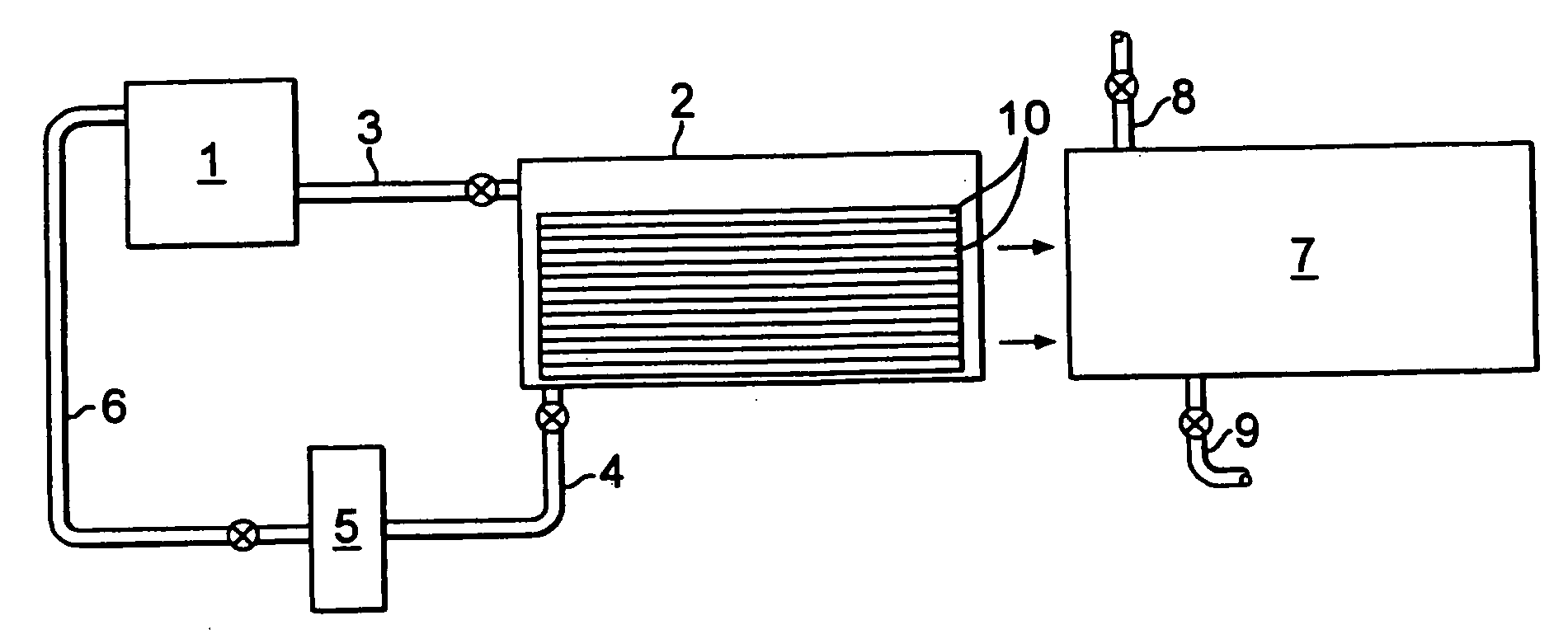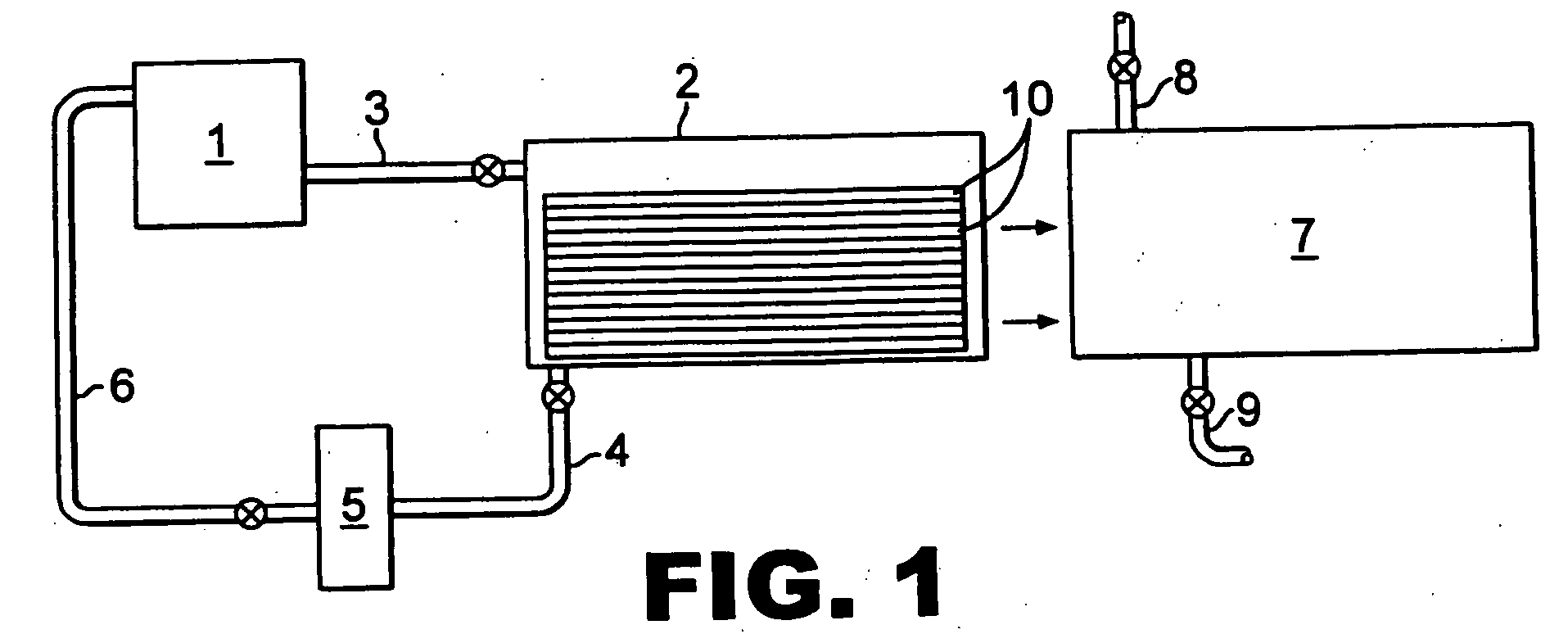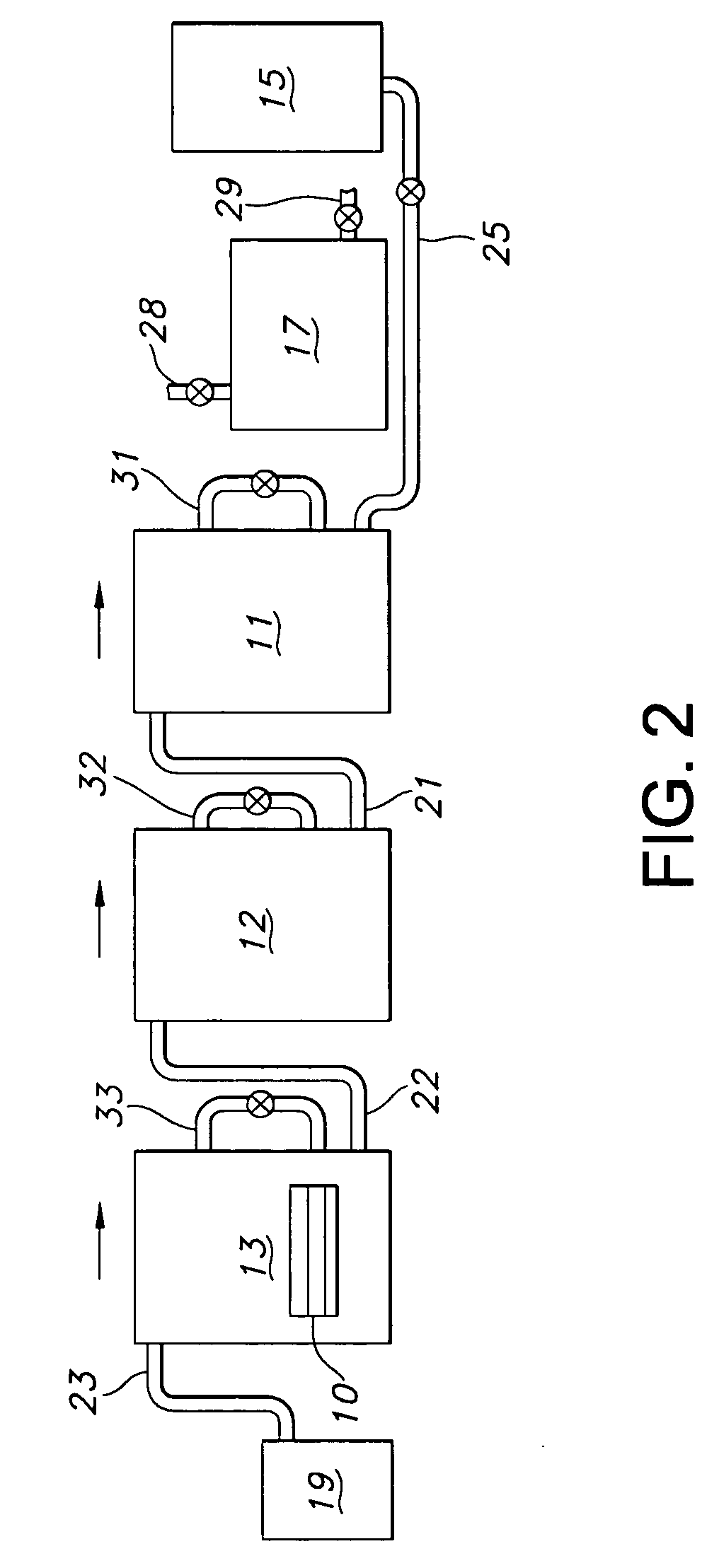Process for extracting biomedical devices
a biomedical device and extraction process technology, applied in the direction of prosthesis, separation process, instruments, etc., can solve the problems of irritating eyes, affecting optical clarity, and the lens-forming monomer may not be fully polymerized, so as to improve process efficiency, uniform extraction efficiency, and reduce the amount of solven
- Summary
- Abstract
- Description
- Claims
- Application Information
AI Technical Summary
Benefits of technology
Problems solved by technology
Method used
Image
Examples
Embodiment Construction
[0015] The present invention provides a method for removing extractables from biomedical devices, especially ophthalmic biomedical devices. The term “biomedical device” means a device intended for direct contact with living tissue. The term “ophthalmic biomedical device” means a device intended for direct contact with ophthalmic tissue, including contact lenses, intraocular lenses and ophthalmic implants. In the following description, the process is discussed with particular reference to hydrogel contact lenses, a preferred embodiment of this invention, but the invention may be employed for extraction of other polymeric biomedical devices.
[0016] A hydrogel is a hydrated cross-linked polymeric system that contains water in an equilibrium state. Hydrogel lenses are generally formed by polymerizing a mixture of lens-forming monomers including at least one hydrophilic monomer. Hydrophilic lens-forming monomers include: unsaturated carboxylic acids such as methacrylic acid and acrylic a...
PUM
| Property | Measurement | Unit |
|---|---|---|
| flow rate | aaaaa | aaaaa |
| flow rate | aaaaa | aaaaa |
| flow rate | aaaaa | aaaaa |
Abstract
Description
Claims
Application Information
 Login to View More
Login to View More - R&D
- Intellectual Property
- Life Sciences
- Materials
- Tech Scout
- Unparalleled Data Quality
- Higher Quality Content
- 60% Fewer Hallucinations
Browse by: Latest US Patents, China's latest patents, Technical Efficacy Thesaurus, Application Domain, Technology Topic, Popular Technical Reports.
© 2025 PatSnap. All rights reserved.Legal|Privacy policy|Modern Slavery Act Transparency Statement|Sitemap|About US| Contact US: help@patsnap.com



